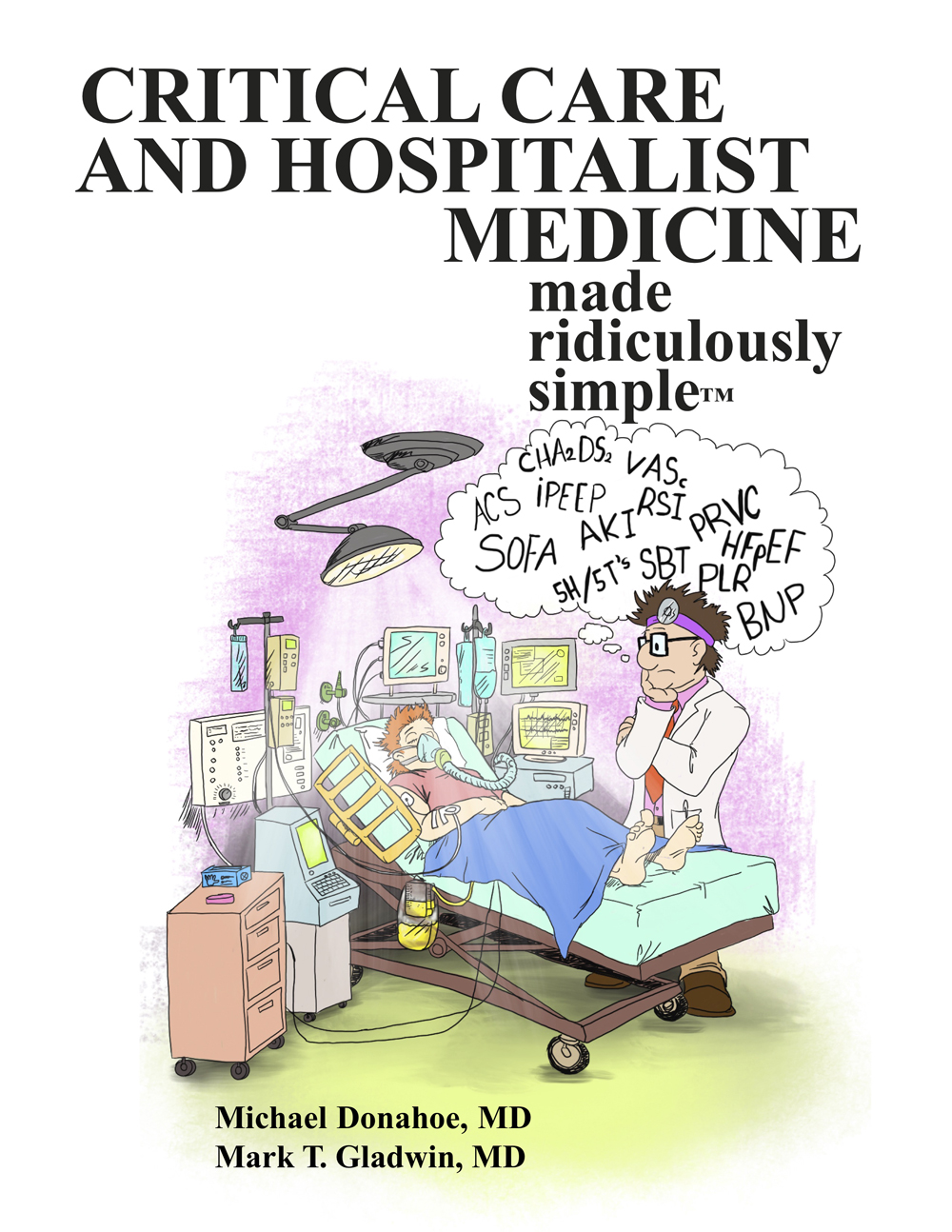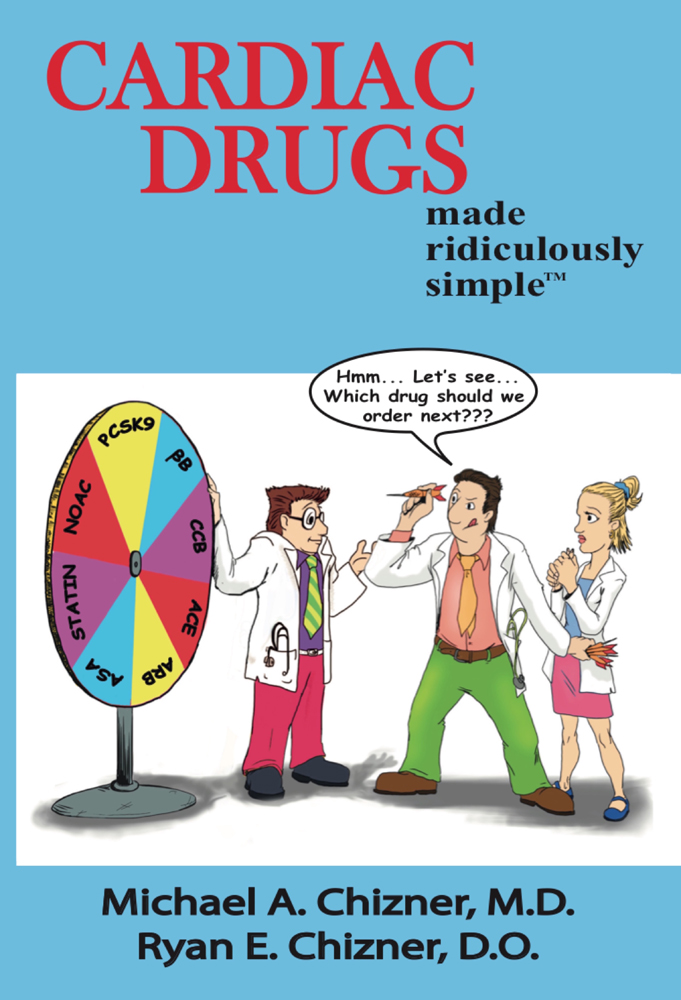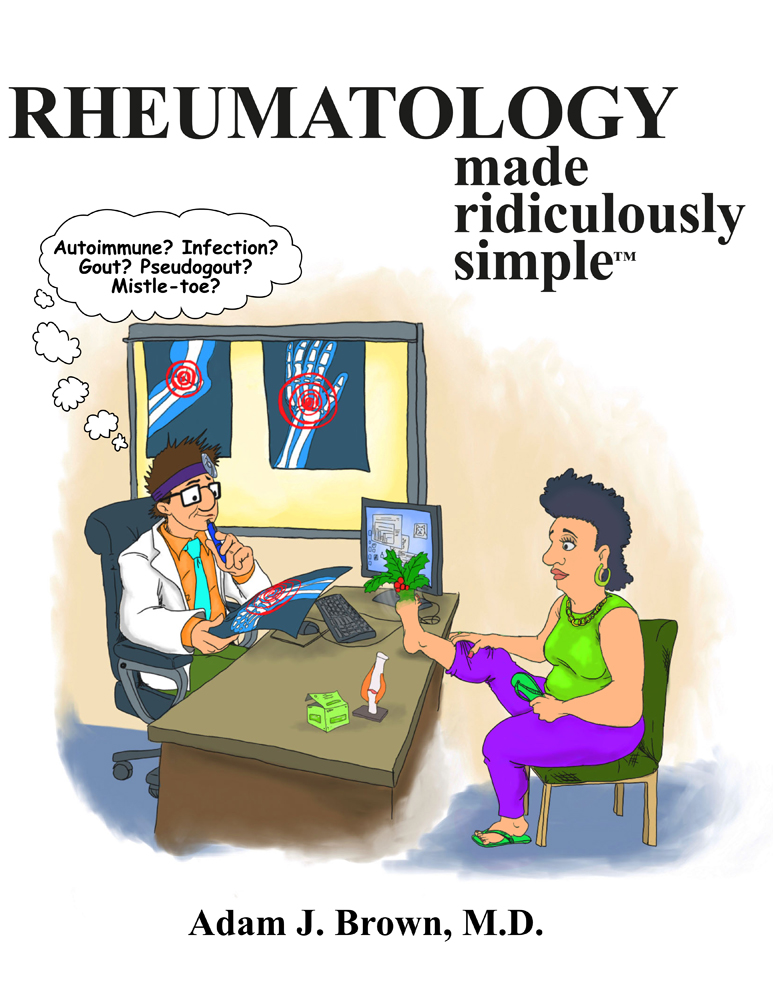 by S. Goldberg, Med’Toons, Medmaster
by S. Goldberg, Med’Toons, Medmaster
An alternative universe is an unseen dimension. When we round and enter the patient’s room, we don’t experience this hidden dimension, just our own world with its medical technicalities.
The hidden dimension is the hospital experience from the patient’s point of view. The patient is not necessarily thinking what the therapist is thinking. I entered this dimension recently after undergoing coronary artery bypass graft (CABG) surgery. Here are my impressions of the physician’s dimension as opposed to the patient’s dimension during evaluation and treatment:
On being wheeled in a bed to angiography and by-pass surgery that night:
PHYSICIAN: Wheel the patient to the procedure room, adequately sedated.
PATIENT: Nervous; too late to change my mind. As one patient put it “Imagine someone sawing your chest in two and pulling you asunder and then doing some crazy shit to your heart?” Lying in bed, I don’t have to do any of the wheeling. I’m a VIP from Hell.
Immediately post operation:
PHYSICIAN: Family visitations OK in ICU.
PATIENT: Family scared looking at me recovering from anesthesia. They heard a lot of moaning (which I don’t remember) and thought I might die. I can’t engage in meaningful conversation with them. I don’t look so great the rest of the hospitalization either.
PHYSICIAN: After admission to ICU; remove endotracheal tube (I don’t remember that); monitor vital signs; chest tube should be draining; Foley catheter in place; measure urine volume; IV drip with correct medication flowing at an optimal rate; nasal cannula in place with adequate flow; arterial line from angiography remains in place in groin in case arterial access is needed.
PATIENT: Groggy; pain on respiration largely from chest tubes; have to stay still and supine so as not to disrupt arterial line in right groin. Uncomfortable. I’m used to turning from side to side when I sleep. Can’t do that now.
During 6 days of hospitalization:
PHYSICIAN: Throughout each night, draw blood tests; check oxygen saturation; give medication; check BP, pulse and ECG.
PATIENT: At 3AM every night? Can’t sleep well as is, especially with the background noise and light; try sleep mask and ear plugs; can’t find good sleeping position; have to frequently call nurse to adjust body position; after a few days, need to sleep in chair part of night. So many pills; should I take them all at once or one at a time? Better take one at a time so I don’t choke. What if I arrest? Would they give me chest compressions with this fresh chest wound? Bed pan no fun. You never hear about bed pans in movie plots.
PHYSICIAN: Respiratory therapy – instruct patient how to use volumetric spirometer; administer respiratory inhalant in the middle of the night.
PATIENT: The respiratory therapist is encouraging, but I’m not going to break any Olympic records for volume of inspiration with this spirometer. Inspiration with the device difficult due to coughing.
PHYSICIAN: Have patient sit in chair, not in bed all the time.
PATIENT: Need warm blankets, since I’m cold. The staff is busy. Not me. Nothing of interest on TV. I specialize in staring into blank space. Can’t work; depressed. Life is accelerating downhill. What about my family? My work? I don’t want to be a burden.
PHYSICIAN: Ambulate patient after 1 day.
PATIENT: Legs feel heavy; hard to stand or walk; in danger of fainting; need assistance in walking short distances, with shuffling. Need a walker; who, me? I’m a patient now! I think the only difference between being sick and dying is that you don’t get better with dying. I’m walking a little better each day.
PHYSICIAN: Give patient colchicine to reduce cardiac inflammation.
PATIENT: Colchicine causing diarrhea. Hard enough getting out of bed with assistance to go to toilet, and, with all these IVs, need my butt wiped by the nurse.
PHYSICIAN: Time to remove 2 of the 3 chest tubes on day 2; leave one of them in, maybe until tomorrow, since there still appears to be significant fluid in the lungs.
PATIENT: Please take out that last tube tomorrow so that I can breath better with less pain.
PHYSICIAN: Surgery group says chest incision looks good.
PATIENT: It may look good, but it feels more like in the Alien movie before the alien burst from the chest. I guess it’s “better to look good than to feel good.” But I’m glad I’m still above ground. I’m growing a beard; look scruffy and old.
PHYSICIAN: Apply automatic inflatable cuffs pumping continually on calves to help prevent clotting.
PATIENT: Helpful, but another restriction to moving.
PHYSICIAN: Take frequent BP readings, with cuff remaining in place.
PATIENT: Cuff causes an irritating blister under my left arm and has to be moved to the right.
PHYSICIAN: Keep IV going.
PATIENT: IV is infiltrating, blowing up around the needle. Will the nurse come? I’m running out of veins. Was that the last vein available? What will they do if I run out of veins!?
PHYSICIAN: Keep controller near patient to control TV, adjust bed, and enable patient to call nurse.
PATIENT: Help, I can’t find the controller. I’m doomed, unless I yell for assistance. Would they come?
PHYSICIAN: Keep track of urine volume.
PATIENT: I find the male bed urinal difficult to use. Which way? Up or down? I wet the gown and bed; hard to pee when supine; need to stand up.
PHYSICIAN: Administer prescribed diet.
PATIENT: Not hungry; ate little.
PHYSICIAN: Do direct stick for arterial blood gases.
PATIENT: More like several painful sticks; apparently harder to get arterial blood than venous blood; also I’m collecting an assortment of ugly purple patches from blood leaking under my skin. I’m looking more like a patient.
PHYSICIAN: Incisions in right leg to get vein for grafting is healing well.
PATIENT: I forgot that I have more incisions.
PHYSICIAN: Take patient down for x-ray.
PATIENT: I’m down in Radiology, but no one is coming. How long will I wait?
PHYSICIAN: Once outside ICU, arrange consultation for the Surgical team, Pulmonary, Internal Medicine, Cardiology, Physical Therapy, Social Services.
PATIENT: I’m losing track of all the consults. Nursing care very good, but more attentive in ICU where there is higher nurse-to-patient ratio. Medical consult passes through quickly. Does he really care, or has the bedside just become routine and impersonal? Does he know anything about me other than the lab values?
PHYSICIAN: Pain Medication PRN.
PATIENT: I don’t want to take any more meds than necessary. Pain improved on removing chest tubes, but have pain in back, shoulders, and neck, maybe from awkward sleeping position or the surgery itself. Maybe just Tylenol.
PHYSICIAN: Discharge patient, 6 days post-op.
PATIENT: On 11 different medications!!?? Discharge group conference discussed diet, activity, nursing and physical and occupational therapy visitations for 2 weeks, followed by cardiac rehab in 1 month post-discharge. Regarding depression, the group answered any questions and pointed out that I would feel better in time. They did a good job.
Start cardiac rehab 1 month post-op. Exercising more in Rehab; feeling better than I have in a long time 2 months post-op. I am grateful for a new heart. Another benefit: weight loss.
I wrote this blog entry to remind the student and physician that there is another dimension to making rounds, that of the patient’s feelings and point of view. Regretfully, empathy with the patient often diminishes in the latter years of medical school, probably due to lack of time and the mass of technical information that has to be absorbed, in addition to the stress of being personally involved with patient and family. Rather than quickly passing by the bedside on rounds, sit down for a minute with the patient to empathize at the patient’s level. That is also therapy. Do you know who your patient is? Is he/she just “the CABG in room 612?” The patient “won’t care how much you know until they know how much you care.”









 by S. Goldberg, Med’Toons, Medmaster
by S. Goldberg, Med’Toons, Medmaster



![XBalloon-injection-[Converted]](https://medmasterbooks.files.wordpress.com/2013/09/xballoon-injection-converted.jpg)


